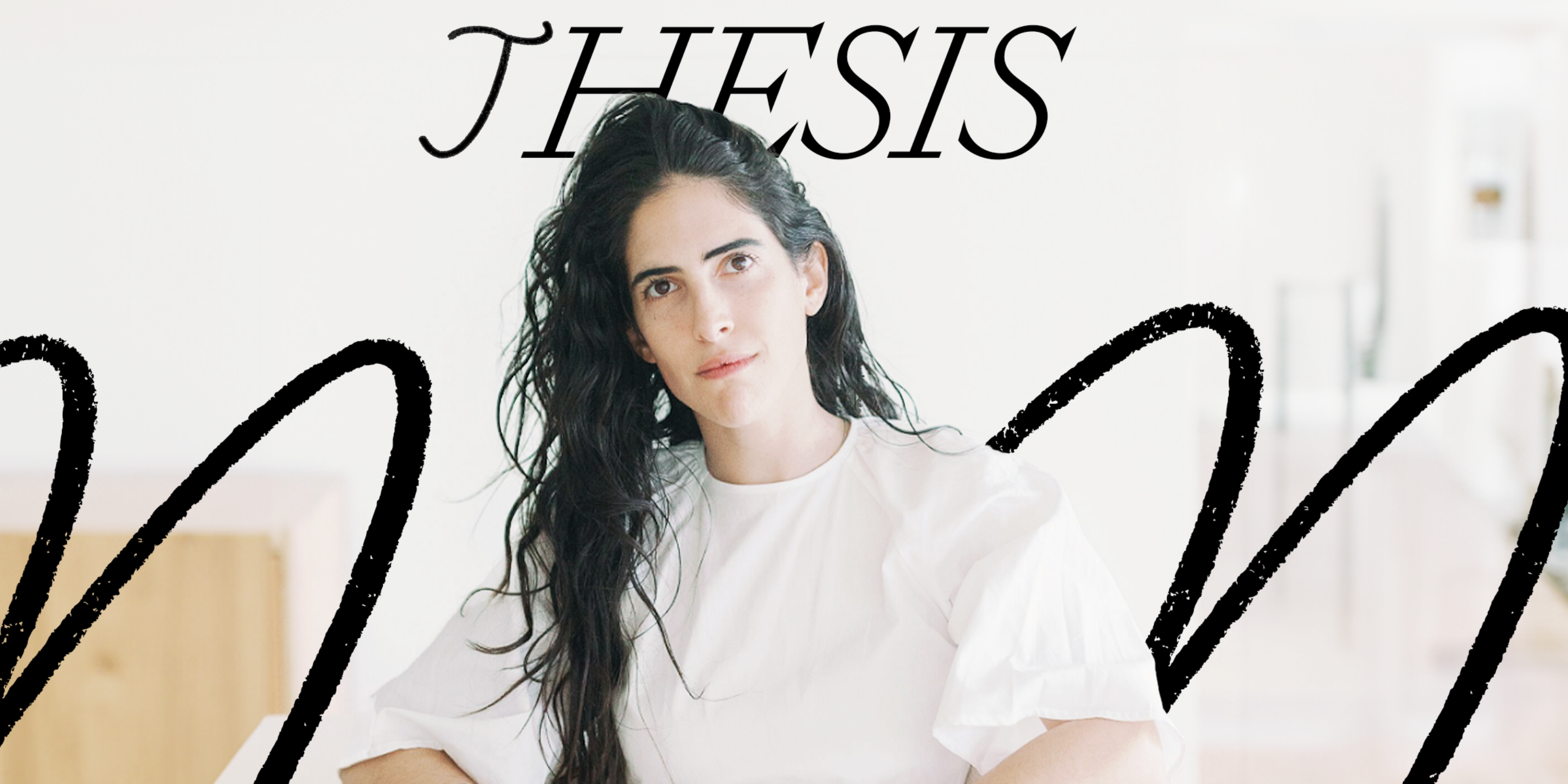
Artificial intelligence has the potential to shift our focus from productivity to creativity. As Sari Azout—the founder of knowledge management tool Sublime—argues in her Thesis piece, perhaps it's time to prioritize our creative potential over traditional productivity metrics. Read on to learn how.—Kate Lee
Plus: All Every subscribers can skip the waitlist and get access to Sublime. And exclusively for paid Every subscribers, Sari is hosting a workshop on building your knowledge library for creative work. Click here for details and registration.
Was this newsletter forwarded to you? Sign up to get it in your inbox.
In a world where we can outsource productivity to technology, the people who reap the biggest rewards aren’t those who work the fastest.
They’re the people who make things that are wonderful, original, weird, emotionally resonant, and authentic. As our feeds become flooded with instant, AI-generated content, the most dangerous thing you can do is play it safe.
We live in a culture that venerates productivity above all else. For centuries, success—particularly in the West—has hinged on a simple dictum: “Do more, faster.” As AI commoditizes speed and output, however, this pursuit will lose its value.
Still, the productivity religion is so ingrained that it’s almost impossible to imagine a different way of working. That’s why, even with AI, we are still fixated on tools that help us do more, faster. As the founder of Sublime, a personal knowledge management (PKM) tool designed for creative thinking, I want to offer a different vision of the possibilities that this technology opens up, one that rescues knowledge work from its frenetic striving toward an impossible ideal of maximum efficiency and shifts our focus back where it belongs: original, meaningful, creative work.
Let’s explore the limitations of today’s productivity tools when it comes to fostering creativity—and how we can design them to help us think more deeply and create more intentionally.
The limitations of productivity tools
Digital tools designed to enhance our productivity and help us manage information have proliferated over the past two decades. These tools are great for tracking and executing tasks, but less helpful when it comes to figuring out what work we should be doing in the first place.
Tools like 3D CAD are excellent for creating designs, but not particularly useful for deciding what to design in the first place. Project management tools such as Asana, Linear, and Trello can help us manage workflows by creating and organizing lists of tasks. But it’s impossible to build the right workflow if you don’t know what outcome you’re working toward. There’s a part of the creative process that these tools simply don’t account for: the difficult, messy, non-linear work of figuring out what you actually want to build.
Rory Sutherland, vice chairman of the Ogilvy advertising agency, famously told a story about an office building where people complained that an elevator took too long to arrive. Instead of spending $1 million to make the elevators 5 percent faster, they solved the problem by spending around $100 to add mirrors so people could look at themselves while waiting.
Productivity tools shape our thinking in ways that favor standardization, efficiency, and predictability. They demand structure before inspiration has a chance to strike. They ask for timelines when the problem itself is still hazy. But creativity is not linear. Often, it involves struggling down several blind alleys before finding the right path.
As Every CEO Dan Shipper writes, most productivity tools are built for convergence, the part of creativity that involves narrowing down and refining ideas. They aren’t built for divergence, which involves opening ourselves up to new ideas and possibilities.
Imagine trying to shoehorn the elevator mirror solution into a Linear project. The software would prompt you to move through a neatly organized set of issues: “Research elevator speeds,” “Calculate upgrade costs,” “Implement faster motors.” There’s no task for “Stare at the wall and ponder human psychology,” but sometimes that’s exactly what we have to do.
The problem extends to PKM tools like Roam, Notion, and Evernote. These platforms market themselves as ways to help us organize and make sense of all kinds of information. But as anyone who has captured ideas for an essay in the same Apple Notes app where they keep track of their dentist appointments can attest, not all information is created equal.
Information that is worth saving usually falls into two buckets:
- Administrative information: The daily minutiae of our lives (e.g., grocery lists, meeting notes, to-do lists)
- Creative information: Information that fuels our projects and ideas (e.g., that perfect quote for a presentation, the scientific study that inspires your next big essay, the podcast episode that sparks a new business idea)
For administrative information, a search bar or hierarchical folder structure is sufficient. When you’re locating your child’s health insurance forms or retrieving your tax returns, you want efficient, predictable retrieval—not exploration.
But for creative information, what you need is tools that encourage connections, facilitate serendipity, and support non-linear thinking. If you think of tools as places where you spend your time, then Linear is a factory production line, Asana a conveyor belt, Evernote an office cubicle, and X an overcrowded bar. A tool built for creativity should feel like a sunlit artist’s studio—spacious and inspiring, with windows you can open to allow the unexpected in.
A new vision for creative tools
The creative process involves taking existing ideas, making novel connections between them, and combining them into something new. Whether we do this consciously or unconsciously, and whether or not we use PKM tools, the creative process typically involves three steps:
- Collecting: Gathering interesting ideas
- Connecting: Drawing connections and organizing materials
- Creating: Producing something new
I believe that we can design our tools to enhance our creativity during each of these steps. Let’s explore them.
Collect: Gather interesting ideas
The first step in any creative journey is collecting sparks of inspiration—the ideas, quotes, images, and links you love and don't want to forget.
But here’s the thing: When you find something that resonates, its use is not always immediately apparent. A line in a song might be the seed for your next coding project or inspire the title for the book you’re writing. It can be difficult to predict how something that resonates today might be useful in the future.
There are two modes of information discovery: foraging and hunting. Foraging is passive. You don’t have a clear goal; you just wander and scroll until something catches your interest. Hunting is active and purposeful. You know what you’re looking for and are consciously searching for it. A good information diet needs both: Foraging helps us decide what is worth hunting for, while hunting allows us to go deep on a specific subject.
Artificial intelligence has the potential to shift our focus from productivity to creativity. As Sari Azout—the founder of knowledge management tool Sublime—argues in her Thesis piece, perhaps it's time to prioritize our creative potential over traditional productivity metrics. Read on to learn how.—Kate Lee
Plus: All Every subscribers can skip the waitlist and get access to Sublime. And exclusively for paid Every subscribers, Sari is hosting a workshop on building your knowledge library for creative work. Click here for details and registration.
Was this newsletter forwarded to you? Sign up to get it in your inbox.
In a world where we can outsource productivity to technology, the people who reap the biggest rewards aren’t those who work the fastest.
They’re the people who make things that are wonderful, original, weird, emotionally resonant, and authentic. As our feeds become flooded with instant, AI-generated content, the most dangerous thing you can do is play it safe.
We live in a culture that venerates productivity above all else. For centuries, success—particularly in the West—has hinged on a simple dictum: “Do more, faster.” As AI commoditizes speed and output, however, this pursuit will lose its value.
Still, the productivity religion is so ingrained that it’s almost impossible to imagine a different way of working. That’s why, even with AI, we are still fixated on tools that help us do more, faster. As the founder of Sublime, a personal knowledge management (PKM) tool designed for creative thinking, I want to offer a different vision of the possibilities that this technology opens up, one that rescues knowledge work from its frenetic striving toward an impossible ideal of maximum efficiency and shifts our focus back where it belongs: original, meaningful, creative work.
Let’s explore the limitations of today’s productivity tools when it comes to fostering creativity—and how we can design them to help us think more deeply and create more intentionally.
Sponsored by: Every
Tools for a new generation of builders
When you write a lot about AI like we do, it’s hard not to see opportunities. We build tools for our team to become faster and better. When they work well, we bring them to our readers, too. We have a hunch: If you like reading Every, you’ll like what we’ve made.
The limitations of productivity tools
Digital tools designed to enhance our productivity and help us manage information have proliferated over the past two decades. These tools are great for tracking and executing tasks, but less helpful when it comes to figuring out what work we should be doing in the first place.
Tools like 3D CAD are excellent for creating designs, but not particularly useful for deciding what to design in the first place. Project management tools such as Asana, Linear, and Trello can help us manage workflows by creating and organizing lists of tasks. But it’s impossible to build the right workflow if you don’t know what outcome you’re working toward. There’s a part of the creative process that these tools simply don’t account for: the difficult, messy, non-linear work of figuring out what you actually want to build.
Rory Sutherland, vice chairman of the Ogilvy advertising agency, famously told a story about an office building where people complained that an elevator took too long to arrive. Instead of spending $1 million to make the elevators 5 percent faster, they solved the problem by spending around $100 to add mirrors so people could look at themselves while waiting.
Productivity tools shape our thinking in ways that favor standardization, efficiency, and predictability. They demand structure before inspiration has a chance to strike. They ask for timelines when the problem itself is still hazy. But creativity is not linear. Often, it involves struggling down several blind alleys before finding the right path.
As Every CEO Dan Shipper writes, most productivity tools are built for convergence, the part of creativity that involves narrowing down and refining ideas. They aren’t built for divergence, which involves opening ourselves up to new ideas and possibilities.
Imagine trying to shoehorn the elevator mirror solution into a Linear project. The software would prompt you to move through a neatly organized set of issues: “Research elevator speeds,” “Calculate upgrade costs,” “Implement faster motors.” There’s no task for “Stare at the wall and ponder human psychology,” but sometimes that’s exactly what we have to do.
The problem extends to PKM tools like Roam, Notion, and Evernote. These platforms market themselves as ways to help us organize and make sense of all kinds of information. But as anyone who has captured ideas for an essay in the same Apple Notes app where they keep track of their dentist appointments can attest, not all information is created equal.
Information that is worth saving usually falls into two buckets:
- Administrative information: The daily minutiae of our lives (e.g., grocery lists, meeting notes, to-do lists)
- Creative information: Information that fuels our projects and ideas (e.g., that perfect quote for a presentation, the scientific study that inspires your next big essay, the podcast episode that sparks a new business idea)
For administrative information, a search bar or hierarchical folder structure is sufficient. When you’re locating your child’s health insurance forms or retrieving your tax returns, you want efficient, predictable retrieval—not exploration.
But for creative information, what you need is tools that encourage connections, facilitate serendipity, and support non-linear thinking. If you think of tools as places where you spend your time, then Linear is a factory production line, Asana a conveyor belt, Evernote an office cubicle, and X an overcrowded bar. A tool built for creativity should feel like a sunlit artist’s studio—spacious and inspiring, with windows you can open to allow the unexpected in.
A new vision for creative tools
The creative process involves taking existing ideas, making novel connections between them, and combining them into something new. Whether we do this consciously or unconsciously, and whether or not we use PKM tools, the creative process typically involves three steps:
- Collecting: Gathering interesting ideas
- Connecting: Drawing connections and organizing materials
- Creating: Producing something new
I believe that we can design our tools to enhance our creativity during each of these steps. Let’s explore them.
Collect: Gather interesting ideas
The first step in any creative journey is collecting sparks of inspiration—the ideas, quotes, images, and links you love and don't want to forget.
But here’s the thing: When you find something that resonates, its use is not always immediately apparent. A line in a song might be the seed for your next coding project or inspire the title for the book you’re writing. It can be difficult to predict how something that resonates today might be useful in the future.
There are two modes of information discovery: foraging and hunting. Foraging is passive. You don’t have a clear goal; you just wander and scroll until something catches your interest. Hunting is active and purposeful. You know what you’re looking for and are consciously searching for it. A good information diet needs both: Foraging helps us decide what is worth hunting for, while hunting allows us to go deep on a specific subject.
Most tools for capturing information force you to choose between one mode and the other. PKM tools like MyMind (which Dan has explored) highlight the convenience of one-click capture. They’re perfect for foraging, as you can use them to save something without having to decide where it belongs, but not particularly helpful for organizing and connecting ideas. Meanwhile, tools like Are.na, Evernote, and Notion force you to immediately decide where a piece of information belongs. This is great when you’re in hunting mode, but not when you have yet to figure out how something might be useful.
To do our best creative thinking, we need tools that seamlessly support both modes. We should be able to capture ideas effortlessly in the moment, then organize them with purpose when the time is right. This balance between seamless capture and intentionality is essential for supporting creativity.
Connect: Draw connections and organize materials
For decades, the neurotic hamster in us approached knowledge management by compulsively tagging. We’d find something interesting and slap as many tags on it as we could to increase our chances of finding it again: #machine #robots #tech #ai #productivity #mindfulness.
This made sense in a pre-AI world, where tagging was the only way to ensure retrieval. But now that AI has given us the gift of semantic search—which surfaces information based on meaning and vibes rather than keywords—we no longer need to rely on rote categorization.
Like Instagram and the bookmark manager Raindrop, Sublime uses collections to organize your information. On the surface, they look a lot like tags, but in practice, they function very differently. If tags answer the question, "What is this about?,” then collections answer, “In what context will I want to revisit this later?” Instead of organizing information by topic, they ask us to organize it in terms of actionability.
Many of my personal collections have evolved into concrete outputs. Last year, a collection I created called “dreaming of a better internet” became the basis for a print publication. Another, titled “creativity > productivity,” was the inspiration for this very essay. I keep a private collection dedicated to marketing that has convinced me to buy something, and I revisit it every time I need to draft sales copy. Similarly, whenever I’m writing something and get stuck, I like to return to my private "phrases" collection, a home for sentences I find particularly resonant.
Source: Courtesy of the author.I like to think of collections as a way of creating meaningful containers for creative work—spaces that allow us to develop our ideas, while maximizing our chances of making unexpected connections.
In his 2012 essay, “More people should write,” writer and programmer James Somers described this process as creating a mental bucket for an idea, thereby unleashing a magnetic force between that idea and the world:
When I have a piece of writing in mind, what I have, in fact, is a mental bucket: an attractor for and generator of thought. It’s like a thematic gravity well, a magnet for what would otherwise be a mess of iron filings. I’ll read books differently and listen differently in conversations. In particular, I’ll remember everything better; everything will mean more to me. That’s because everything I perceive will unconsciously engage on its way in with the substance of my preoccupation. A preoccupation, in that sense, is a hell of a useful thing for a mind.
Once you’ve discovered the right mental buckets, or containers, for your creative work, it’s time to maximize the potential for unexpected connections. But to surface those connections, you also need the right tools.
Traditional note-taking apps such as Apple Notes or Notion lock information into hierarchical systems. They bury ideas inside folders or pages, which restrict them to a single location. PKM tools Capacities and Sublime take the opposite approach. Every piece of information is represented as a standalone “card” that can be combined or connected with others in multiple ways. This approach is more conducive to unexpected collisions between ideas, much as a chef can create countless dishes by combining individual ingredients. At Sublime, we like to think of every card as an atomic unit of knowledge.
Here’s an example: Let’s say you save a quote to a “Quotes” page in your Apple Notes. It just sits there, in this one spot. You can add more quotes, sure, but that’s the extent of its world.
Source: Screenshot courtesy of the author.In a card-based system, that quote can live in multiple collections at once, dynamically connected to different concepts and insights. It’s part of a network, not a silo, allowing it to connect with other concepts in ways that would never happen in a static, folder-based system.
The benefits are multiplied with AI. With Sublime, when you add a card, the AI will surface related ideas—sort of like that insightful friend who always says, “This reminds me of…” The AI's role isn't to automate organization; it's to suggest connections we haven’t considered and amplify our ability to see patterns and possibilities. I like to think of it as inspiration as a service.
Source: Courtesy of the author.In his book Keep Going, author and artist Austin Kleon juxtaposes this messy, networked approach with organization and neatness. “Creativity is about connections, and connections are not made by siloing everything off into its own space. New ideas are formed by interesting juxtapositions, and interesting juxtapositions happen when things are out of place.” Mechanically filing and organizing might feel magical when you're sorting socks or pantry items at home, but it’s not a useful model for creative work. (Sorry, Marie Kondo.)
Create: Produce something new
You’ve gathered ideas, made meaningful connections, and sparked unexpected insights. Now you’re ready to synthesize them into something new.
Here’s the problem: Most tools treat consuming and creating as distinct processes. You compile sources for a book in a note-taking app, but type in a blank page in a different window, on a different platform.
Speaking from personal experience, however, it feels clear that for our brains, the act of reading and reflecting on a book is not all that different from the act of writing one. In both cases, we are seeking out novel connections, combining existing concepts to produce new ones. So why do we think of the act of consuming, as opposed to producing, as inherently passive? Why do we write in an empty Google Doc, detached from everything that has inspired us to write? Why are we expected to gather ingredients in one kitchen and cook in another?
It’s puzzling. Many of us have spent years collecting ideas in various PKM tools, but when it comes time to create, we don’t have an integrated way to surface those ideas. This disconnect illustrates a critical need for tools that bridge the gap between collection and creation.
At Sublime, this is already happening. While writing this essay, any time I found myself wrestling with how to articulate a concept, I would select a sentence and press ctrl+r. Using AI, Sublime would instantly pull up related ideas from both my own library and that of others in the network—including the Austin Kleon reference I included earlier.
The AI didn’t generate the output for me. It surfaced just-in-time quotes to reinforce my argument, rescue me from my own forgetfulness, and push me to make the occasional creative leap.
Source: Screenshot courtesy of the author.A few months ago, I built a new tool for Sublime called Canvas. I can search across all of my Kindle, Readwise, and Sublime highlights and inspiration and pull them directly into a spatial canvas. My favorite part is selecting a card on the canvas and surfacing related ideas from other people’s libraries. All those hours spent highlighting and saving ideas are finally paying off: I can surface the information I need, exactly when I need it.
Source: Sublime on YouTube.But I also think that something more profound is happening here. Instead of being a passive consumer of the web, I begin to feel as though the internet is molding itself around my intentions, transforming from a distraction machine into a precision instrument for creativity.
AI am what AI am
Today’s knowledge workers carry a growing sense of anxiety. We have more tools than ever, but these options rarely match how we actually create. Rather than build more technology that keeps us on a miserable hamster wheel of churning out more shallow content, we have a unique opportunity to design tools that encourage us to slow down and create with intention.
When it comes to AI, we need to aim higher than the question: “What if you could press a button to generate an essay?” AI can produce infinite amounts of content; quantity is its game. Quality, intention, taste, originality, vision—that’s where we come in.
Our interfaces should facilitate prose-sculpting, meaning-architecting, memory-augmenting, and inspiration-harvesting—all grounded in sources we love and trust. Just as calculators shifted math from rote computation to conceptual exploration, AI can nudge creative work toward the things humans are uniquely good at: thinking and feeling deeply.
But this future is a possibility, not an inevitability. I believe there are two plausible scenarios for the future of knowledge work. There’s one in which as machines become more human-like in their capabilities, we paradoxically become more machine-like in our pursuit of productivity, focused on efficiency and keeping busy above all else. But there’s another where we lean into ways of working that are more intuitive to us as humans, harnessing AI to help us create more meaningful work.
Still, transitioning to a creativity-first mindset requires much more than just designing better tools. It requires us to shift to a new paradigm that celebrates and nurtures the chaotic, unpredictable, often unquantifiable nature of creativity. Earlier this year, author and essayist Charles Eisenstein discussed how productivity can be counterproductive when we take it to an extreme: “When we gear our society around efficiency, we produce more and more of the measurable, while the immeasurable, the qualitative, and the things we don’t think to measure drain away. Bedazzled by quantitative abundance, we might not be able to see what is lost, but we can definitely feel its absence.”
Ultimately, moving away from productivity and toward creativity isn't just an economic necessity, something we need to stand out in the marketplace; it's about reclaiming our humanity and building more fulfilling lives. The goal can’t just be making more stuff. It has to be making something wonderful.
Thanks to Alice Lemée for editorial support.
Sari Azout is the founder of Sublime, a knowledge tool designed for creative thinking. She was previously a partner at Level Ventures and occasionally publishes her writing on Substack.
Sublime is currently in an invite-only private beta. Every subscribers can skip the line and join using this link. You can follow Sari’s collection of inspiration for this essay. Want to learn how to curate your own knowledge library? Sari is hosting a workshop exclusively for paid Every subscribers. Click here for details and registration.
To read more essays like this, subscribe to Every, and follow us on X at @every and on LinkedIn.
We also build AI tools for readers like you. Automate repeat writing with Spiral. Organize files automatically with Sparkle. Write something great with Lex.
Ideas and Apps to
Thrive in the AI Age
The essential toolkit for those shaping the future
"This might be the best value you
can get from an AI subscription."
- Jay S.
Join 100,000+ leaders, builders, and innovators

Email address
Already have an account? Sign in
What is included in a subscription?
Daily insights from AI pioneers + early access to powerful AI tools
Ideas and Apps to
Thrive in the AI Age
The essential toolkit for those shaping the future
"This might be the best value you
can get from an AI subscription."
- Jay S.
Join 100,000+ leaders, builders, and innovators

Email address
Already have an account? Sign in
What is included in a subscription?
Daily insights from AI pioneers + early access to powerful AI tools
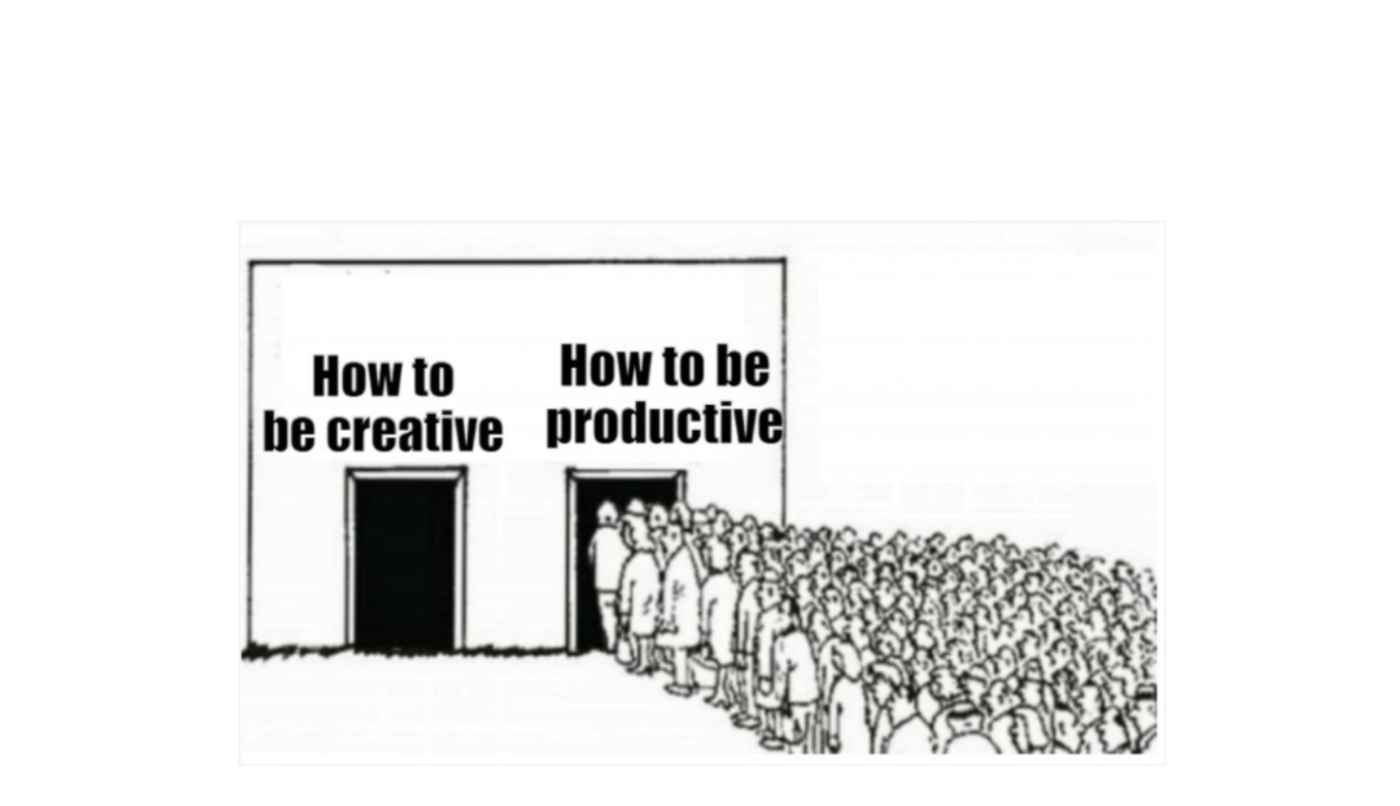

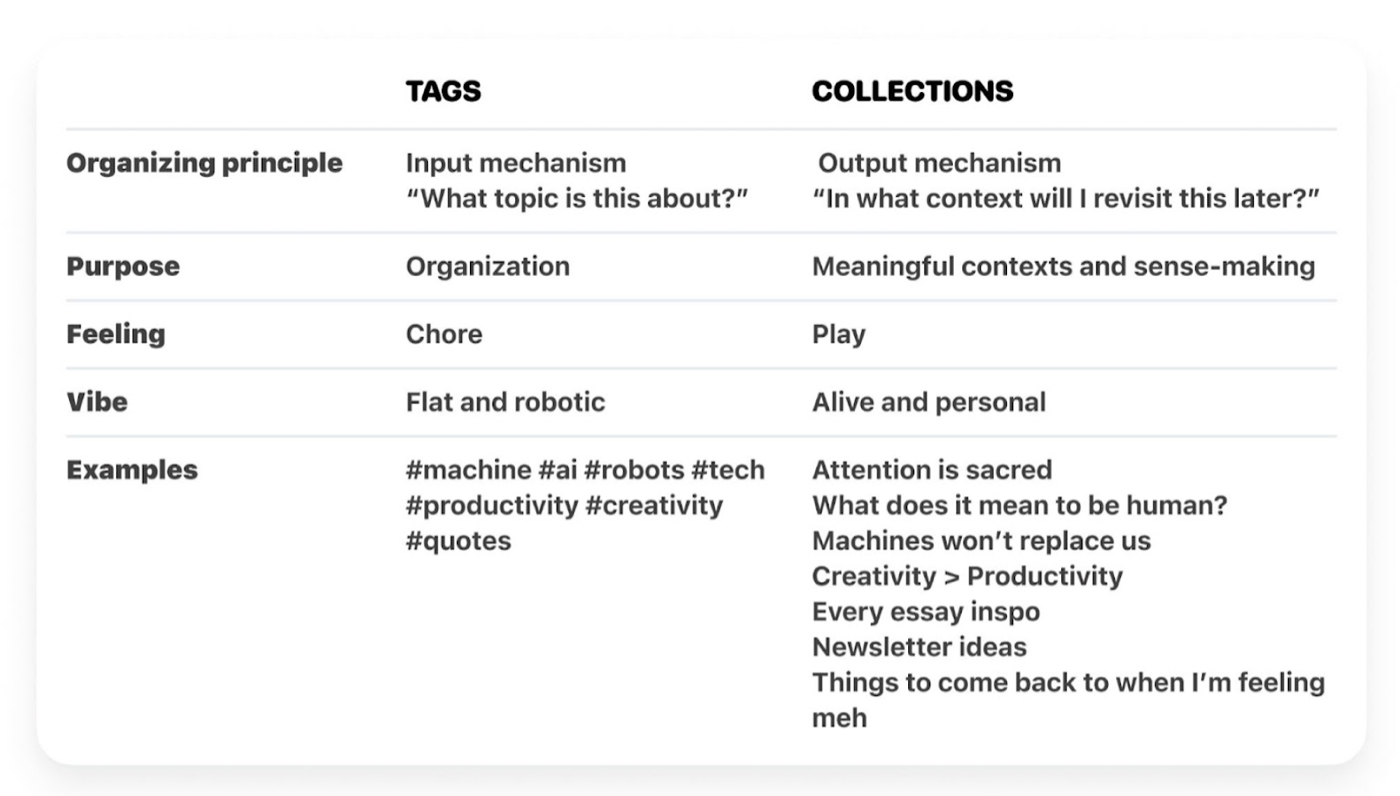
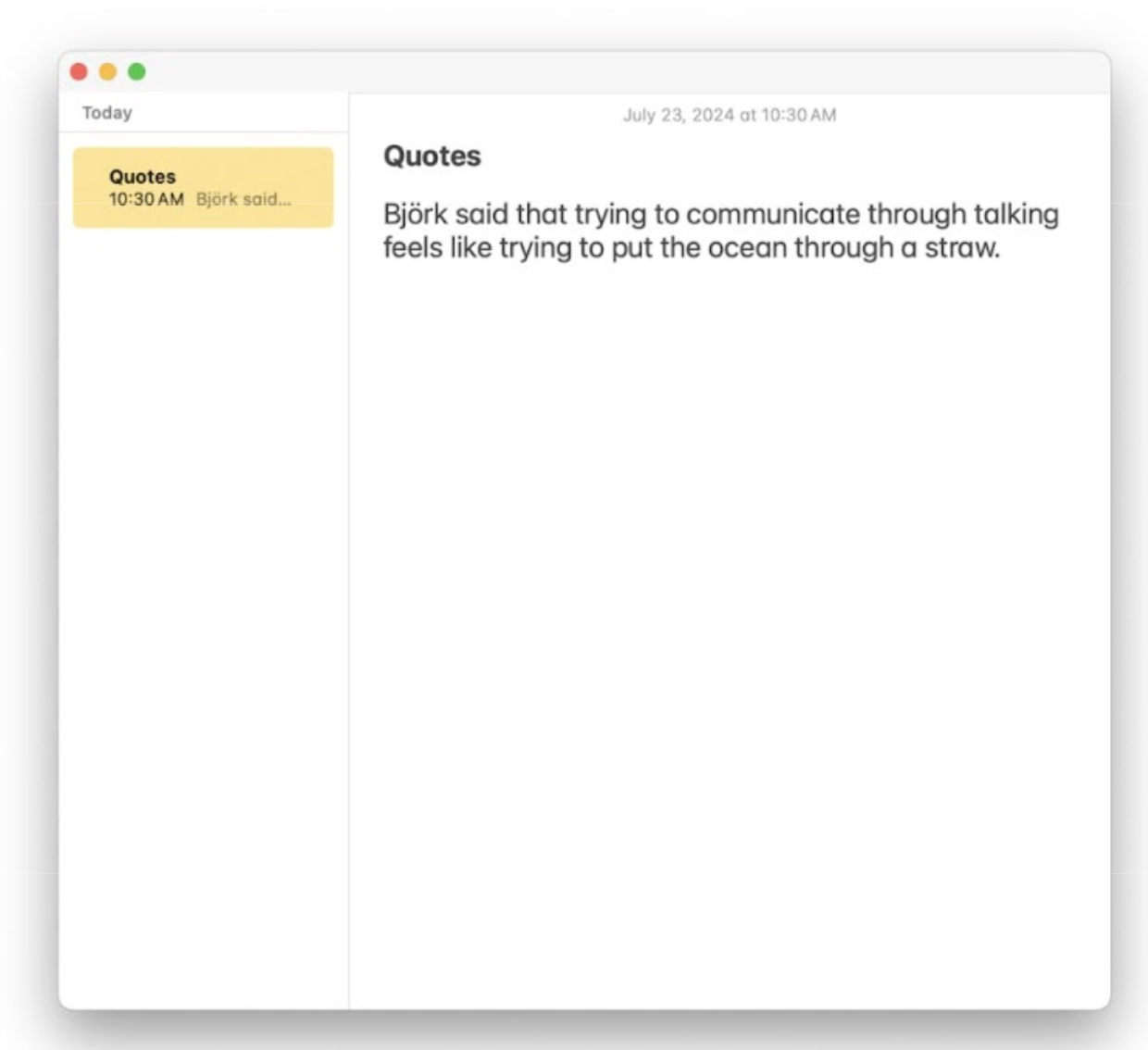
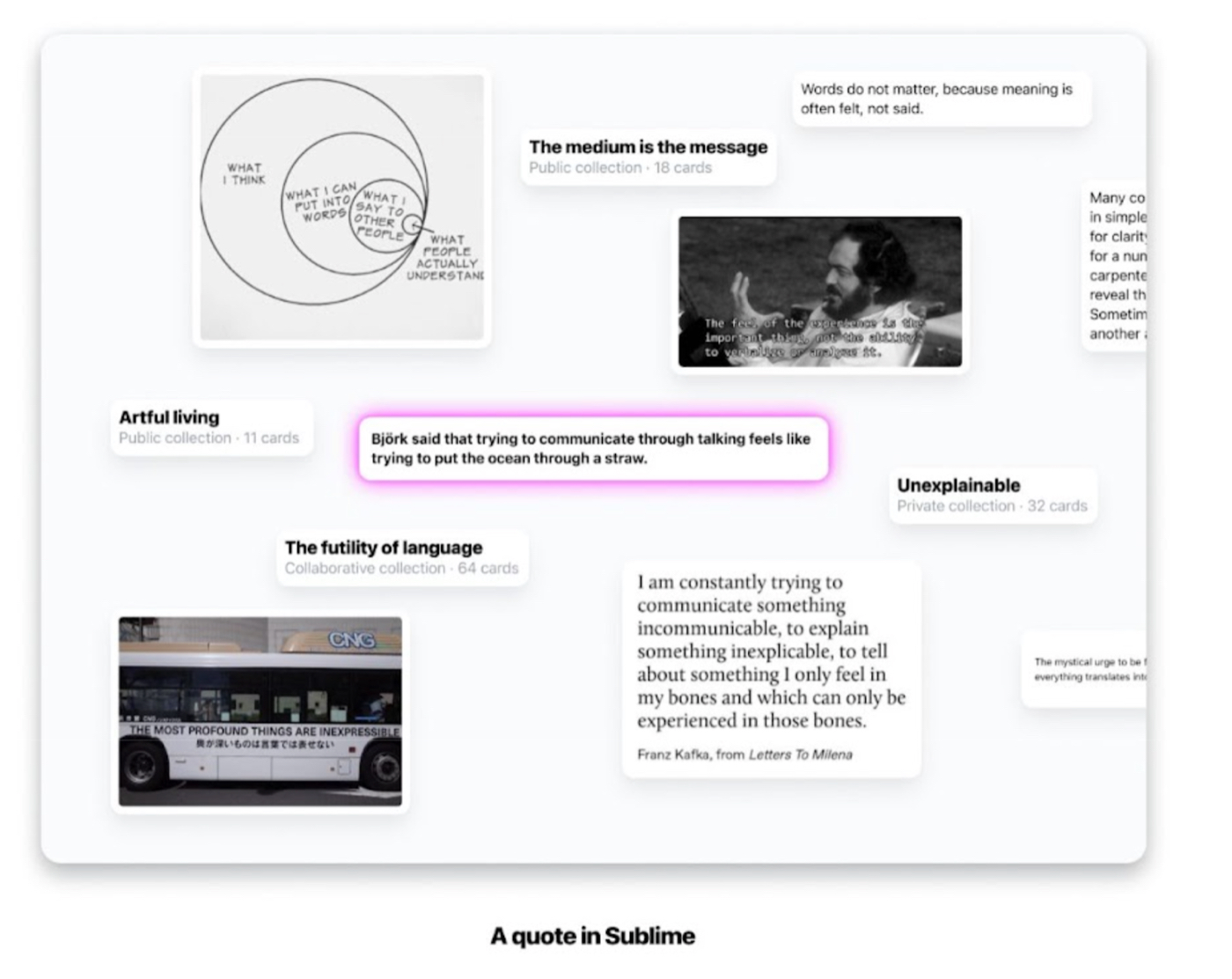
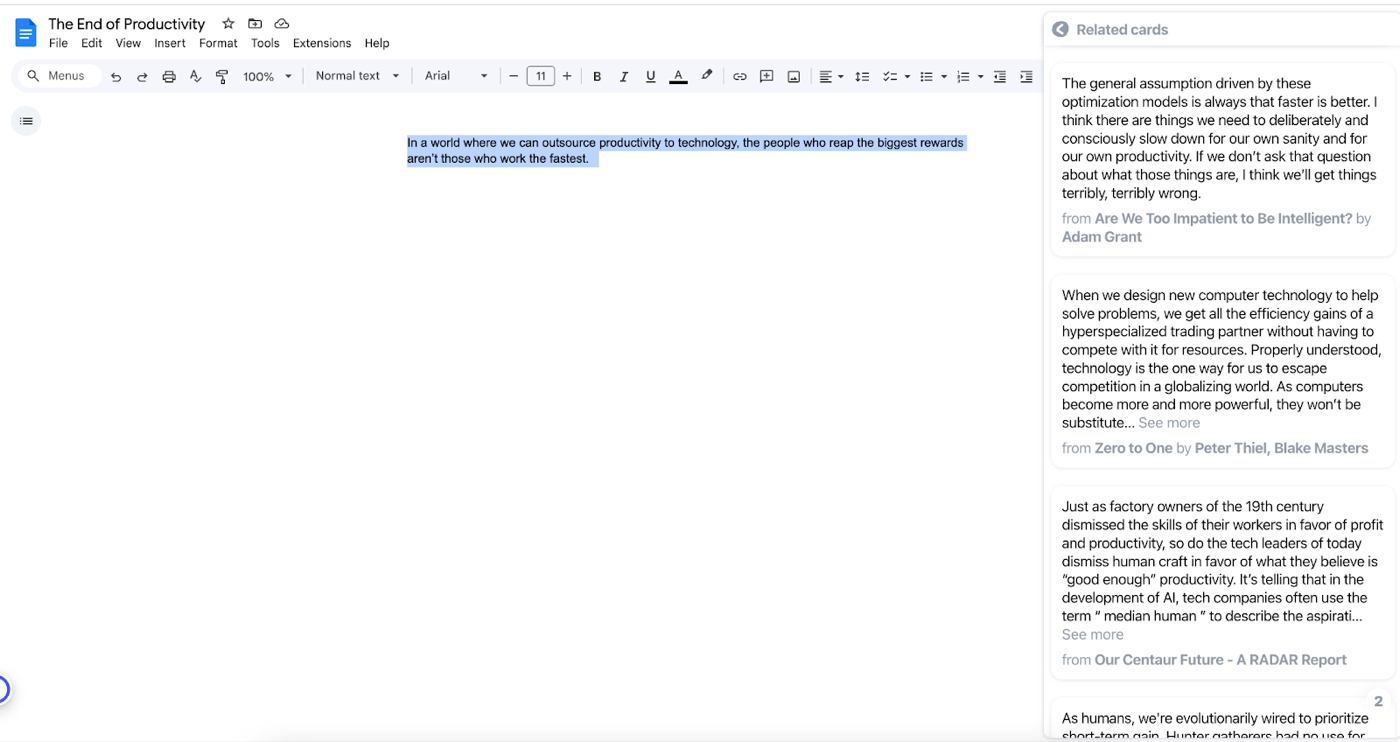
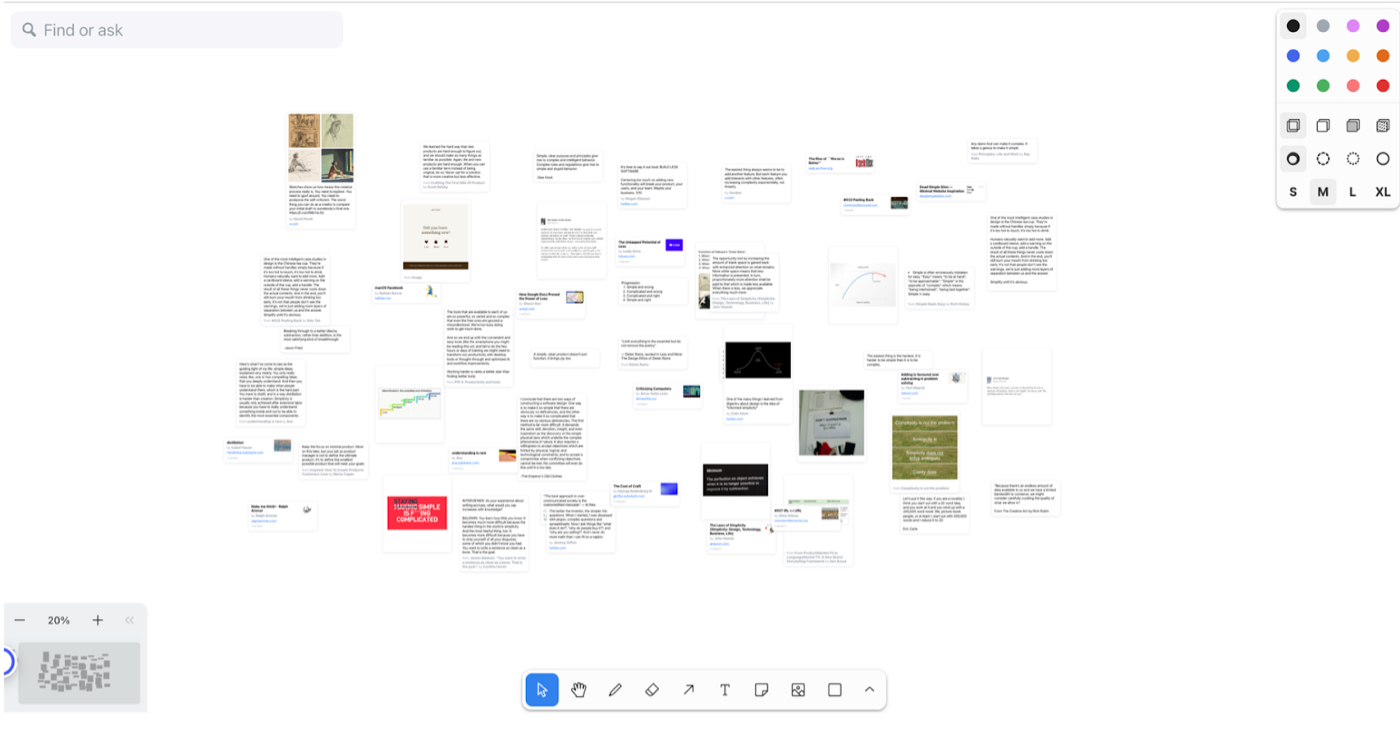






.png)
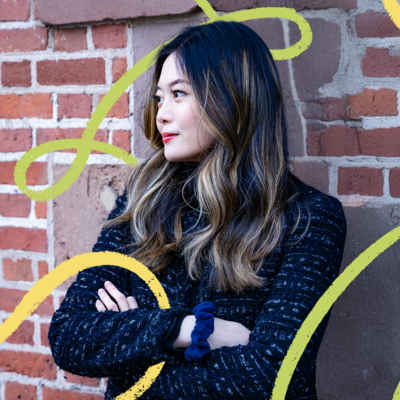

Comments
Don't have an account? Sign up!
Great post. Tried to register for the workshop, but the links just lead back here?
@paul.sturrock thanks Paul! the link should be updated now
Love the post, finally someone said how fcked up the internet actually. The piece has change my perspective on productivity certainly. I knew that working long hours isnt the winning ticket, but didnt think about organizing creativity process. Still skeptical a bit, cuz of my ADHD organizing info can be and will be overwhelming. At the same time, my Apple Notes is stopped working (because of 1700 notes it cant load them) and I know for 300% that I have so many related notes on the same topics, that I could write a book.
Insightful piece. I actually decided to live away from complex apps (Workflowy then Roam then Tana) and simplify to Apple Notes. This article makes me rethink Heptabase but also maybe just creating my own system in something like Freeform or Miro. Need to think about this. I also get to the worship page but can’t seem to find a link to register. Thanks for high quality thought piece.